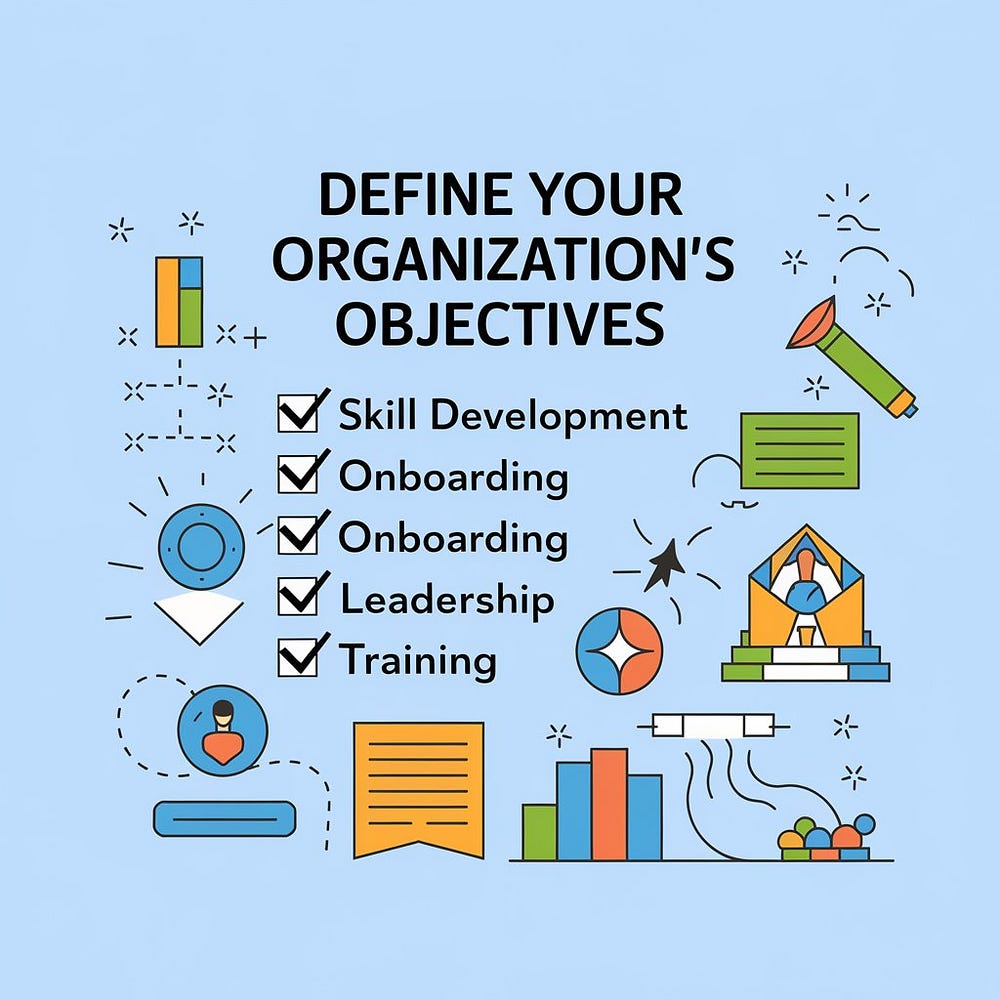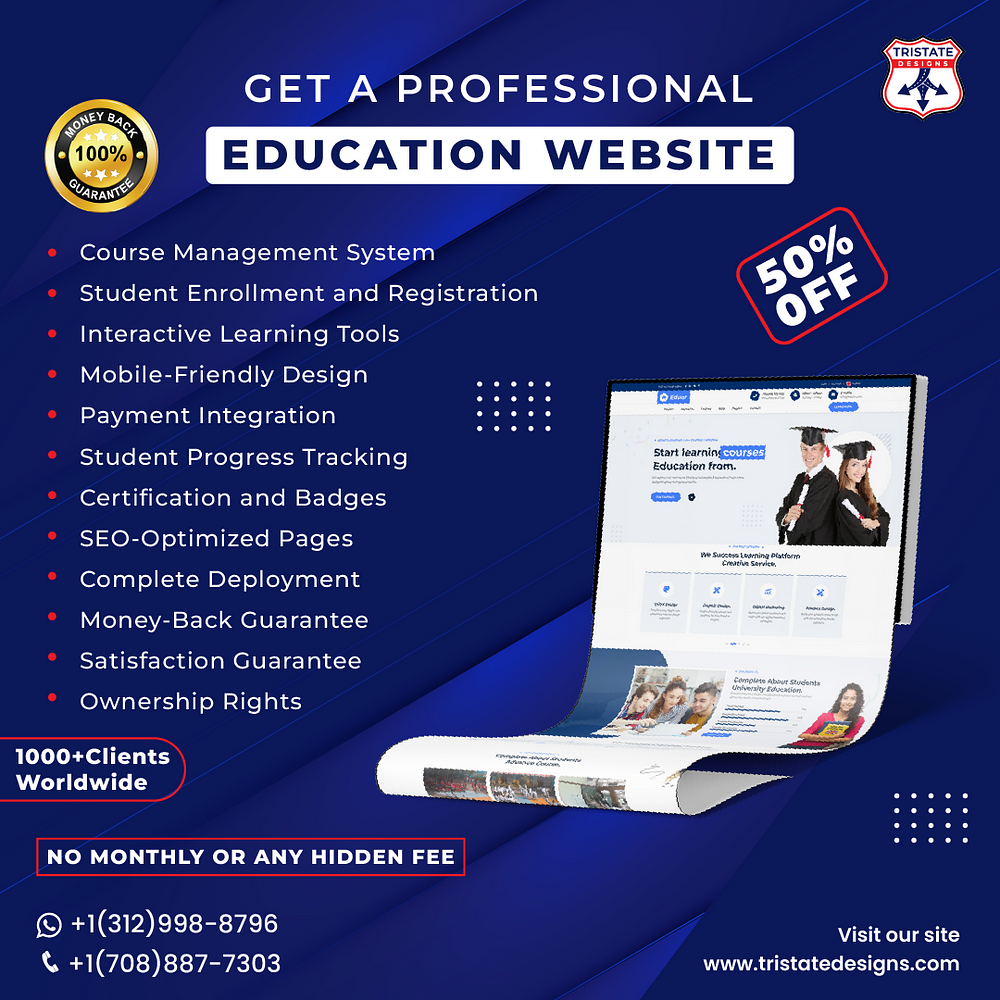As businesses continue to prioritize employee development and skill-building, learning management...
How to Choose the Best LMS for Your Organization in 2024
Selecting the right Learning Management System (LMS) is crucial for organizations looking to enhance their employee training and development programs. With numerous options on the market, it can be challenging to choose the best LMS that meets your organization’s unique needs. As we head into 2024, it’s essential to consider features like personalization, integration, and scalability when making your decision. Here’s a guide to help you select the best LMS for your organization.
1. Define Your Organization’s Learning Objectives
The first step in choosing an LMS is to define your organization’s learning objectives. Consider what you want to achieve through training and development. Are you looking to improve employee skills, onboard new hires, or foster leadership development? Having a clear understanding of your goals will help you identify the LMS features that are most relevant to your organization.
For example, if your primary objective is to offer personalized learning experiences, you’ll want an LMS that supports customizable learning paths and adaptive learning features. By aligning the LMS with your specific learning goals, you can ensure that it meets the needs of your workforce and helps achieve desired outcomes.

2. Consider Ease of Use and User Experience
An LMS should be intuitive and user-friendly, as this directly impacts user engagement and satisfaction. In 2024, LMS platforms are focusing on streamlined interfaces that make it easy for employees to navigate through courses, track their progress, and access resources. When evaluating an LMS, look for a demo or free trial to get a feel for the user experience.
It’s also essential to consider the experience for administrators, who will be managing the system. Features like customizable dashboards, drag-and-drop course creation, and automated reporting can simplify the process for administrators and ensure that the LMS is easy to maintain. A positive user experience on both the learner and administrator sides is key to a successful LMS implementation.
3. Evaluate Integration Capabilities
Modern organizations rely on various tools and platforms to manage operations, from HR software to collaboration tools. In 2024, LMS platforms that offer seamless integration with other business systems are essential. Look for an LMS that can connect with your existing tools, such as HRIS, CRM, and communication platforms, to ensure a unified learning experience.
Integration capabilities enhance data flow and make it easier to align learning initiatives with overall business objectives. For example, integrating your LMS with HR systems allows for automated updates to employee records, while integration with communication platforms can facilitate real-time notifications and collaboration. This interconnected approach ensures that learning remains an integral part of the organization’s workflow.
4. Look for Scalability and Flexibility
Your organization’s training needs may evolve over time, so it’s essential to choose an LMS that can scale with your growth. In 2024, LMS platforms are increasingly offering scalable solutions that accommodate various learning formats and expanding user bases. Whether you’re planning to add more users or introduce new types of training content, the LMS should be flexible enough to support your growth.
Scalability also applies to content delivery options. Look for an LMS that supports diverse formats like video, e-learning modules, and live webinars. This flexibility allows you to tailor the learning experience to different audiences and adapt the training program as your organization’s needs change.
5. Assess Reporting and Analytics Features
Data-driven insights are crucial for measuring the success of your training programs. The best LMS platforms in 2024 offer robust reporting and analytics features that allow you to track learner progress, engagement levels, and completion rates. These insights help you understand which training programs are most effective and where improvements can be made.
Look for an LMS that provides customizable reports and dashboards, as well as advanced analytics capabilities like predictive modeling. This will enable you to make informed decisions about your training strategy and demonstrate the impact of learning initiatives on organizational performance.
Conclusion
Choosing the best LMS for your organization in 2024 requires careful consideration of your learning objectives, user experience, integration capabilities, scalability, and analytics features. By focusing on these key factors, you can select an LMS that aligns with your organization’s needs, enhances the learning experience, and supports your long-term growth. As the future of learning continues to evolve, investing in the right LMS is essential for staying competitive and fostering a culture of continuous development.


